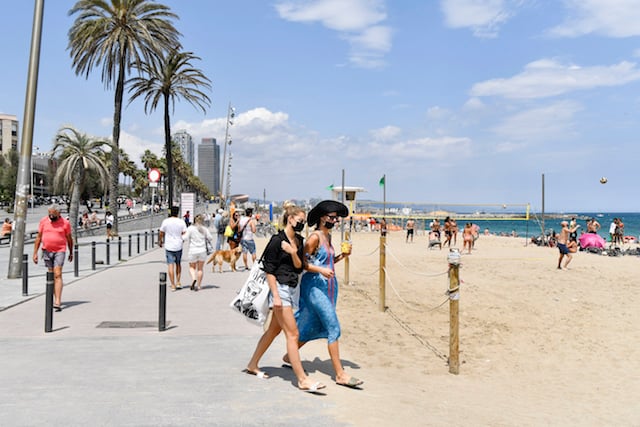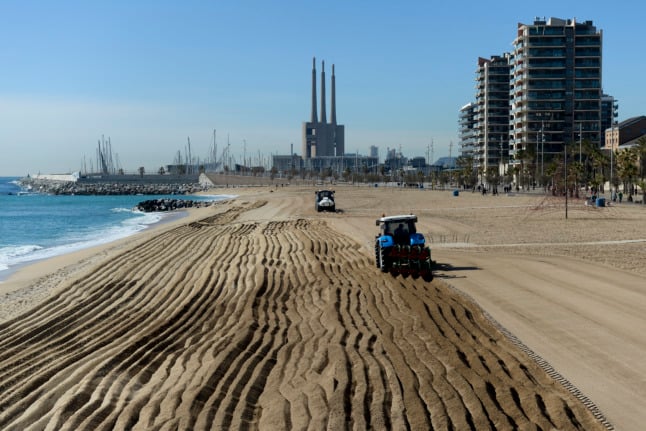The trio – Puigdemont and former Catalan health and education ministers Clara Ponsati and Toni Comin – are wanted for sedition over the organisation of a banned separatist referendum in 2017.
The immunity of Puigdemont, the former regional president of Catalonia, was lifted by 400 votes to 248, while those of Comin and Ponsati were removed by 404 votes to 247, the parliament said.
With the decision, judicial authorities in Belgium and Scotland will be able to consider extradition requests by Spain’s supreme court, though in the meantime they can to continue to perform their duties as MEPs.
Spanish Foreign Minister Arancha Gonzalez Laya said the vote ensured “immunity in the European Parliament cannot be used to shield parliamentarians from appearing in front of national courts” for a breach of national law.
The vote also showed “respect for the Spanish justice system” and ensured that disputes in Catalonia are solved in Spain and not at the EU level.
The three MEPs have already announced that they will take the case to the EU’s highest court, the European Court of Justice.
Puigdemont has been living in self-exile in Belgium to escape a Spanish arrest warrant over the failed 2017 independence bid.
‘Battle goes on’
Comin is also in Belgium and subject to a European arrest warrant, while Ponsati worked as a university lecturer in Scotland and faces an extradition claim there.
In a tweet, her lawyer Aamer Anwar denounced a “shameful vote” and promised that the “legal battle goes on”.
All three were elected as MEPs in 2019, meaning they enjoyed immunity from prosecution.
Last year, Madrid asked the parliament to strip them of that privilege, but a vote was delayed by the coronavirus crisis.
Fighting the extradition became a cause celebre among European politicians with similar regional claims, including in Scotland and Flanders in Belgium.
“Puigdemont and his friends losing their immunity from the European Parliament is outrageous,” tweeted MEP Assita Kanko, a Flemish nationalist.
“I do not participate in this political persecution,” she added.
Spain accuses Puigdemont and Comin of sedition and embezzlement, and Ponsati of sedition.
The 2017 Catalan independence referendum stoked major tensions between the Spanish government and the leaders of the region of 7.5 million people, that includes Barcelona.
Support for independence has risen sharply over the past decade, but the bitterness of the debate has diminished since Socialist Prime Minister Pedro Sanchez came to power in Madrid in 2018.





 Please whitelist us to continue reading.
Please whitelist us to continue reading.
Member comments